
Economy
22:05, 22-Feb-2019
ASEAN moving towards a fully integrated economic community
Updated
18:44, 26-Feb-2019
Rian Maelzer
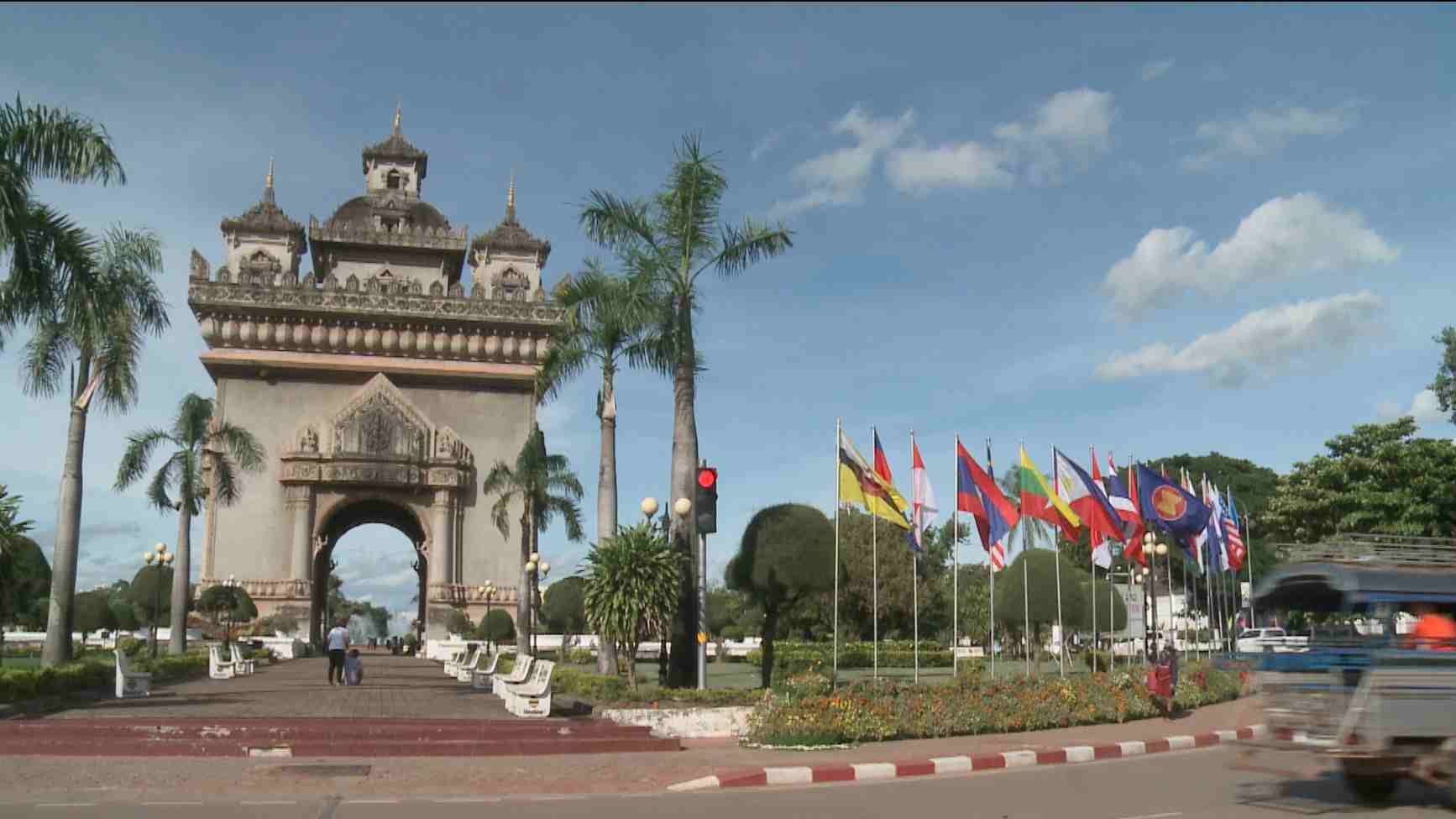
Association of Southeast Asian Nations (ASEAN) has made great strides towards becoming a fully integrated economic community. Nearly all tariff barriers between the member countries have been eliminated, and a great deal of progress made toward eliminating the sneakier, non-tariff barriers that create an uneven playing field.
That has created a trading bloc of close to 650 million people. Coupled with its strategic geographic position between East and South Asia, ASEAN is reaping big benefits by improving infrastructure and connectivity.
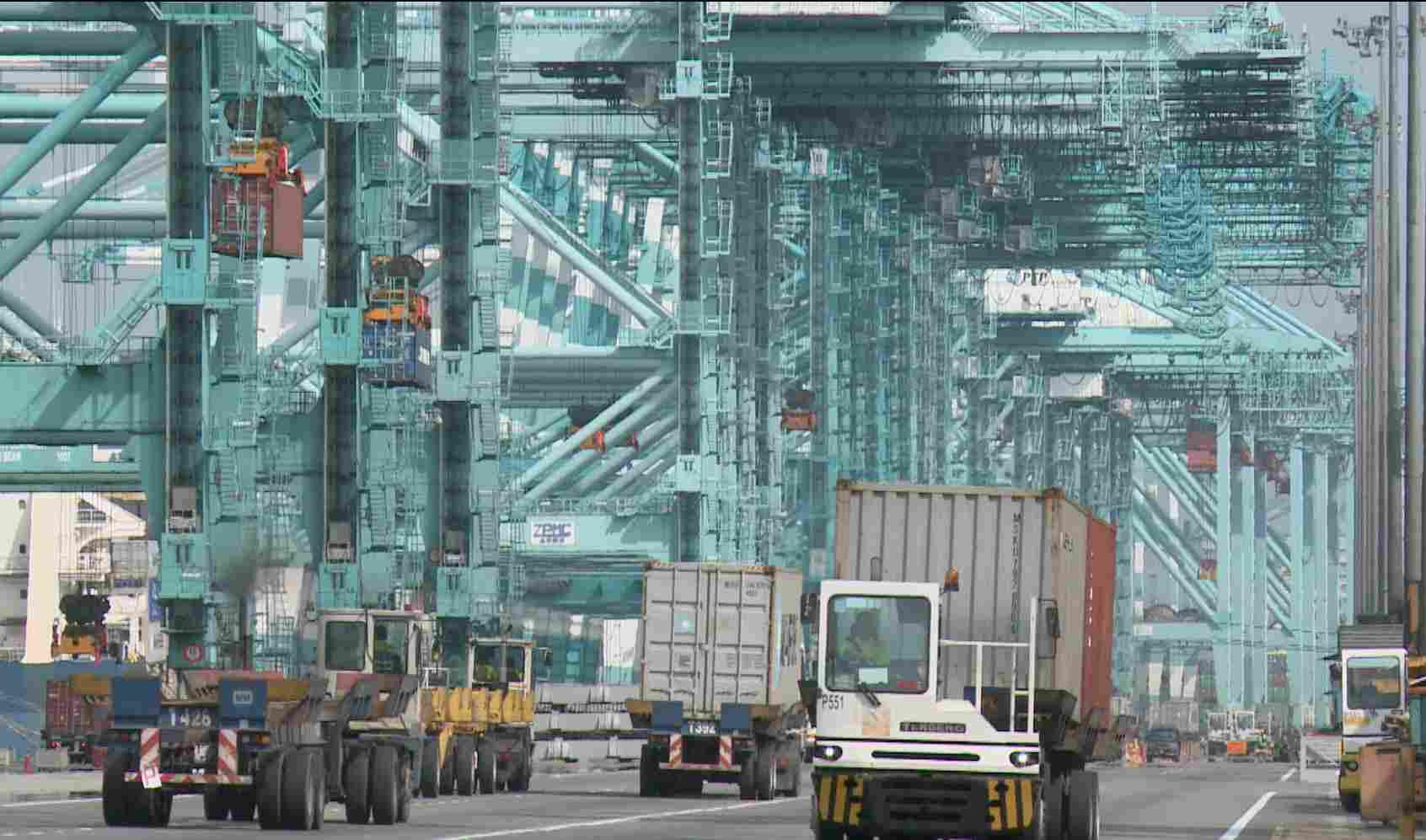
Trade between ASEAN countries. /CGTN Photo
Trade between ASEAN countries. /CGTN Photo
Trade between ASEAN countries is now greater than its trade with any other nation or bloc. Exports among ASEAN members eclipse, apart from the region's booming exports to China.
Manufacturers are benefiting greatly from tariff-free access to the entire region. And it's not only local manufacturers that are reaping those spoils.
When I visited the tiny sultanate of Brunei on northern Borneo island late last year, I visited a sprawling new Chinese plant producing steel pipes for export to the region.
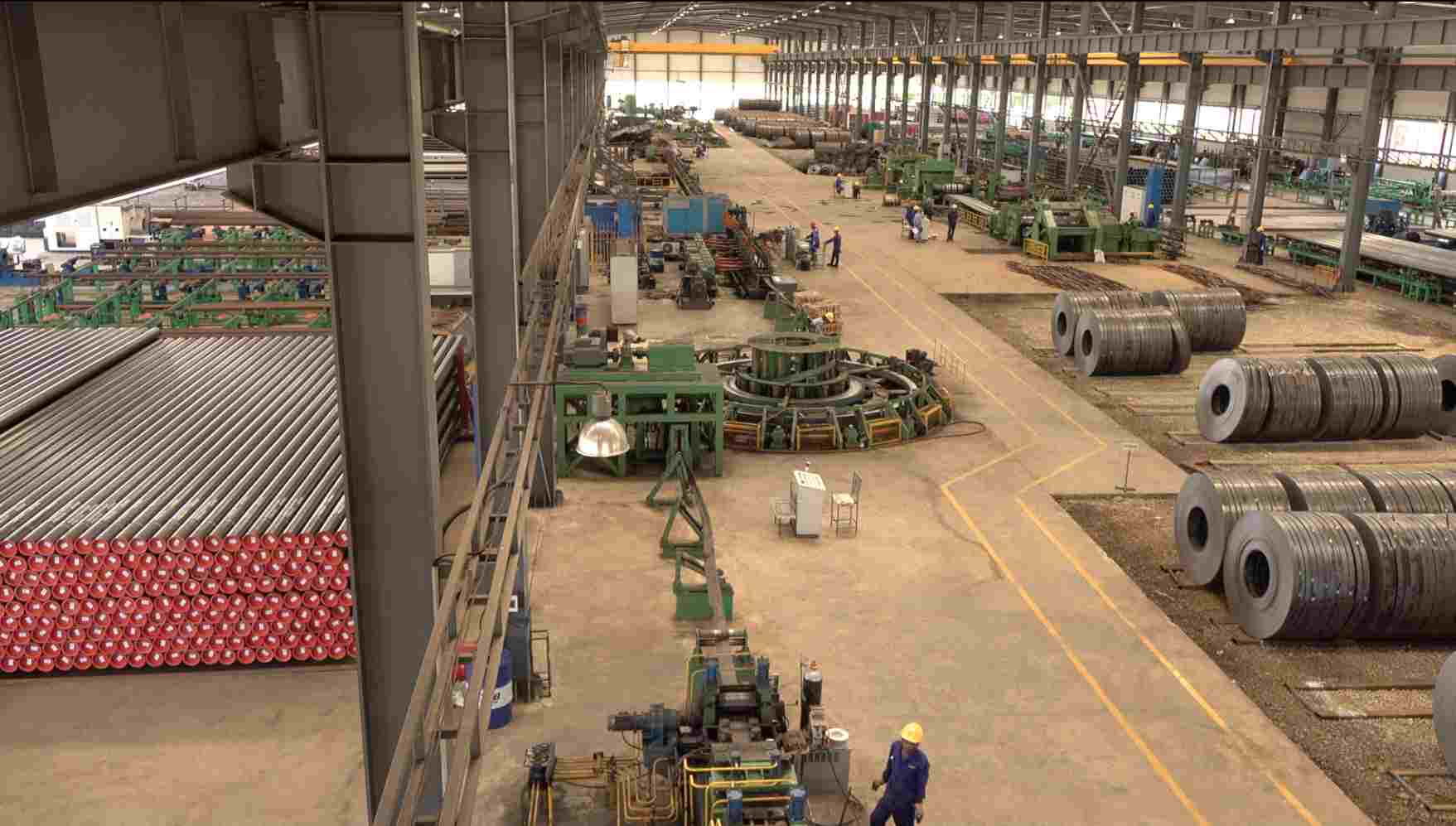
A Chinese steel pipe maker in Brunei. /CGTN Photo
A Chinese steel pipe maker in Brunei. /CGTN Photo
“We have a very high-tech method of welding the piping. Our products are used in industries like oil and gas, and construction. They are good for export to ASEAN countries,” Gao Wenge, vice general manager of HLDS Steel (Brunei) told me.
Several ASEAN economies are heavily dependent on exports, especially Singapore, Malaysia, Vietnam and Thailand, and increasingly do the less- developed countries like Myanmar and Cambodia.
“International trade has given them the wealth and prosperity over the past decades. That has been the engine of growth for these countries,” says Abdul Majid Khan, a former Malaysian government director-general for ASEAN.
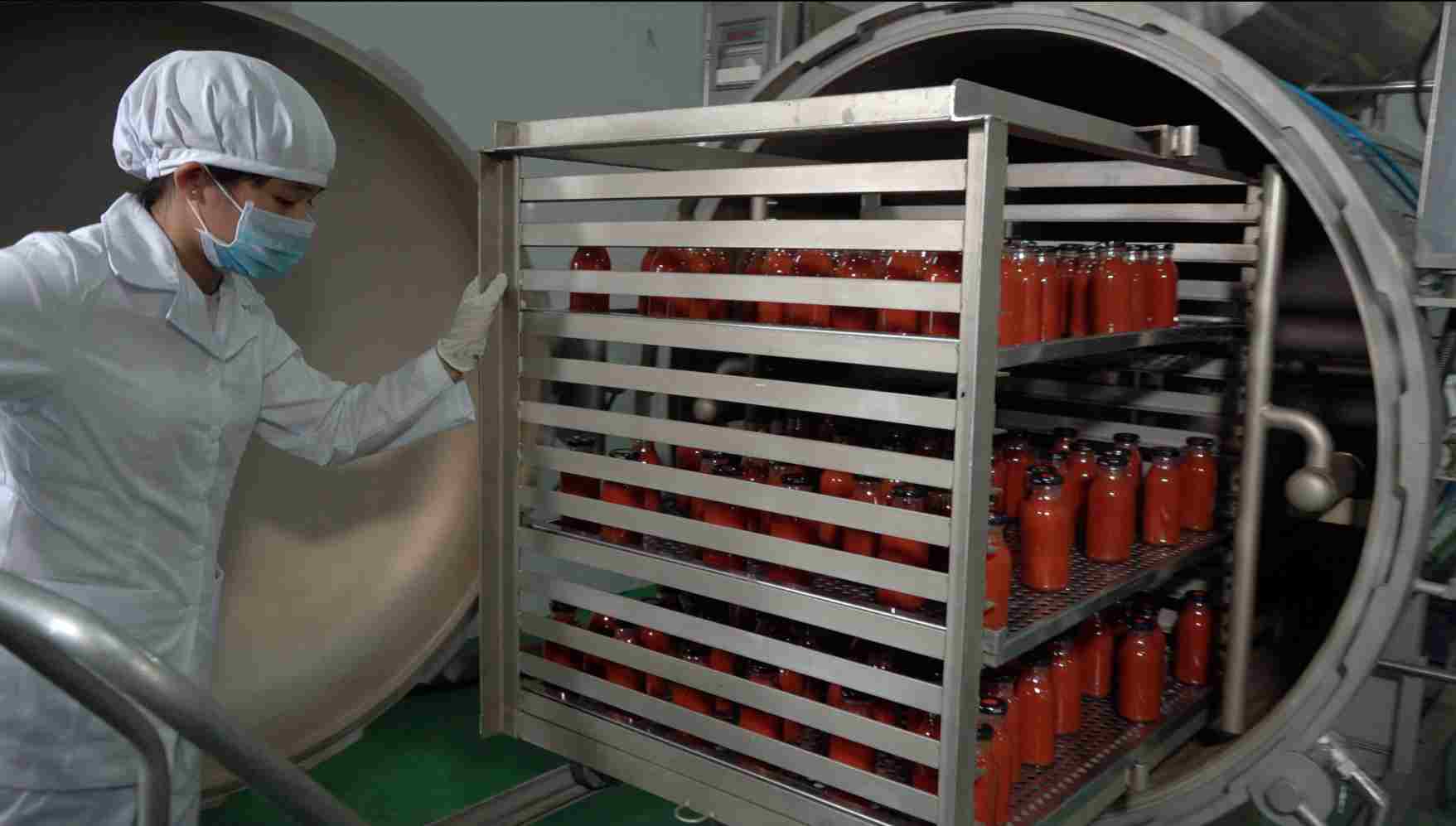
Local and foreign countries benefit from the free flow of goods. /CGTN Photo
Local and foreign countries benefit from the free flow of goods. /CGTN Photo
ASEAN countries are looking beyond their own bloc. They have struck free trade agreements with many other countries, including China, Japan, South Korea and India, and are negotiating more.
They are also looking at multi-lateral agreements. Four ASEAN countries – Singapore, Brunei, Vietnam and Malaysia – are signatories to the revamped Trans-Pacific Partnership or CPTPP, with more keen to get on board.
And all of ASEAN is looking to swiftly conclude the Regional Comprehensive Economic Partnership (RCEP), which will create a vast, populous trading bloc stretching from China, Japan and South Korea to India and south to Australia.
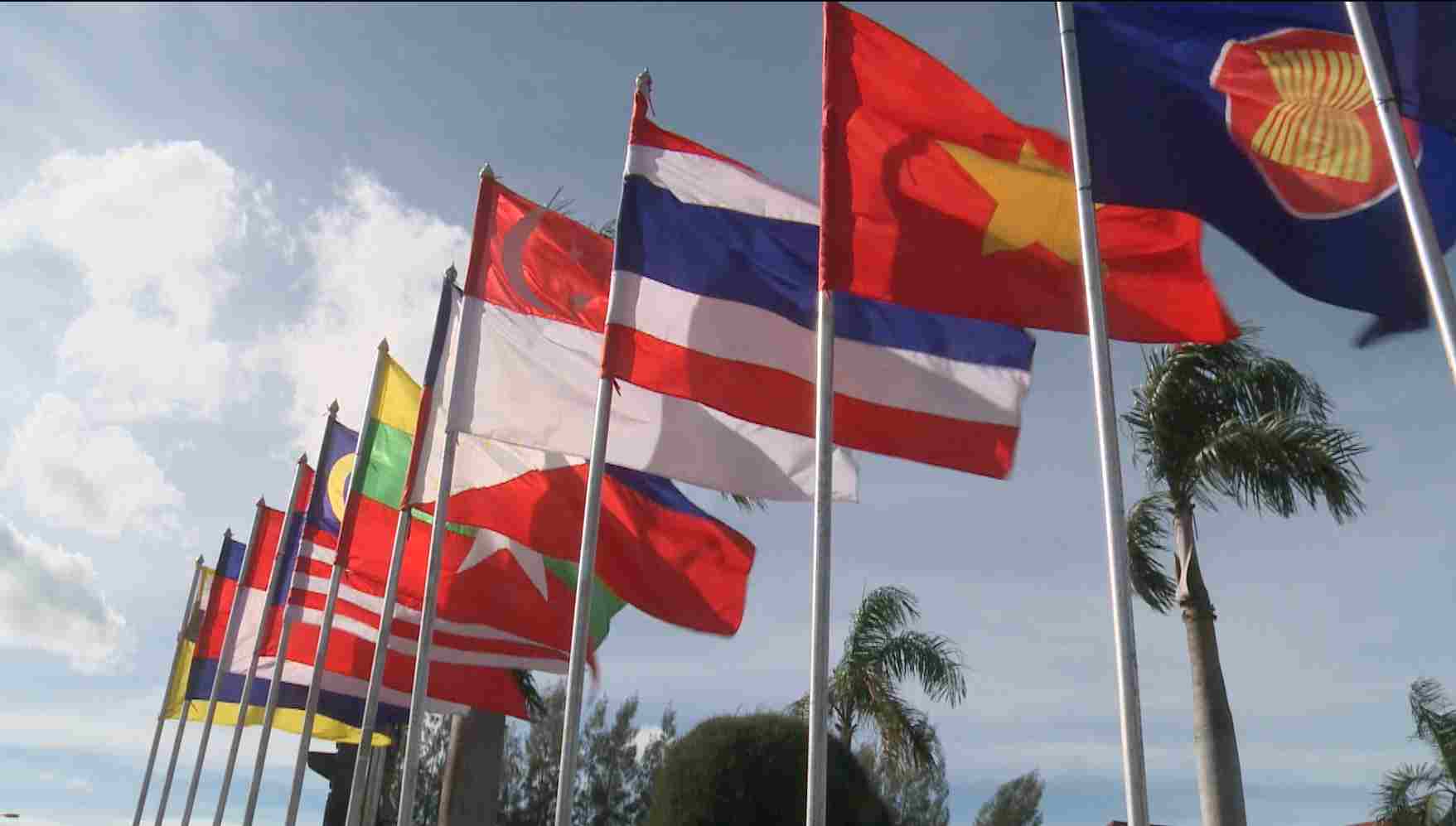
ASEAN flags. /CGTN Photo
ASEAN flags. /CGTN Photo
“I think these can all be the building blocks toward a more global agreement and hopefully the successors of AFTA (ASEAN Free Trade Agreement) and the possibility of RCEP being concluded could lend impetus to WTO (World Trade Organization) negotiations,” says Michael Yeoh, a senior Malaysian analyst with Kingsley Strategic Institute.
ASEAN has benefited greatly from its “participation in various organizations to achieve greater access to markets,” says Majid Khan, “So I think ASEAN will continue with this philosophy with emphasis on inclusivity, free and also fair trade so that everyone benefits from this cooperation”.
ASEAN began life as a security pact during the cold war. But despite its widely diverse languages, cultures and religions, it has emerged as an unlikely champion of trade liberalization and multilateralism.
(Cover photo from CGTN: ASEAN flags in Vientianne, capital of Laos)

SITEMAP
Copyright © 2018 CGTN. Beijing ICP prepared NO.16065310-3
Copyright © 2018 CGTN. Beijing ICP prepared NO.16065310-3